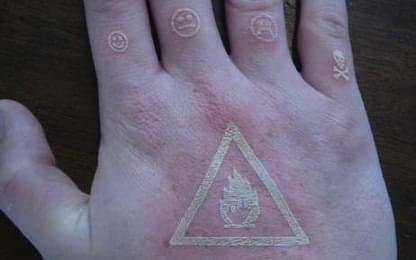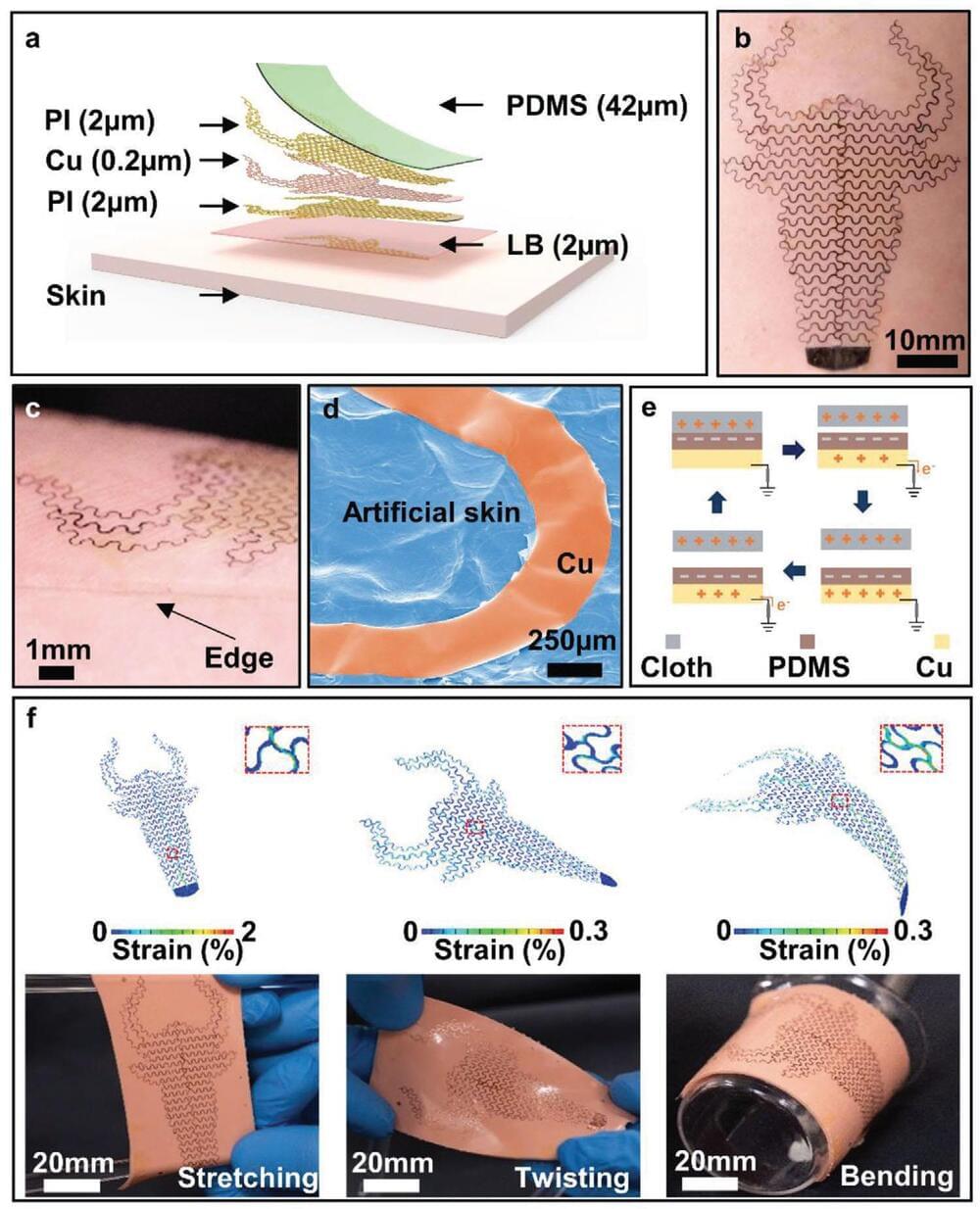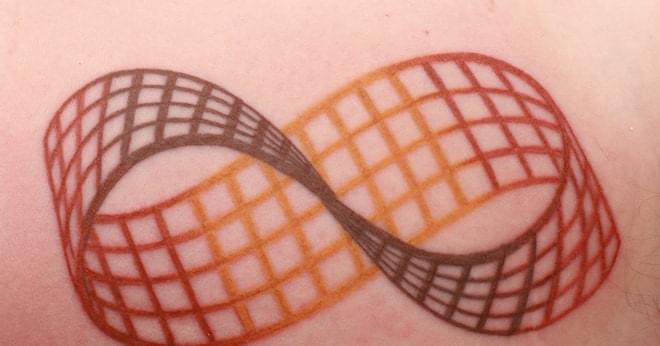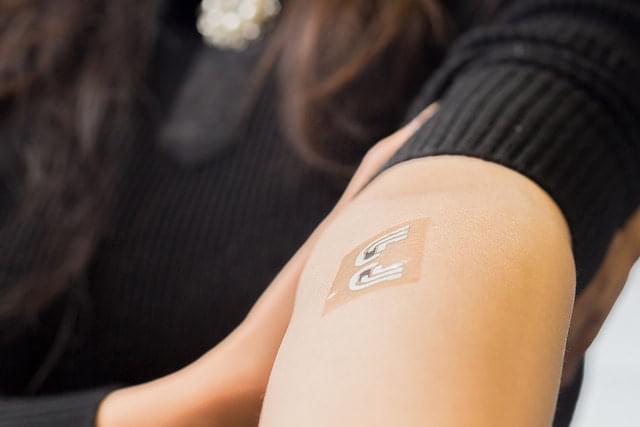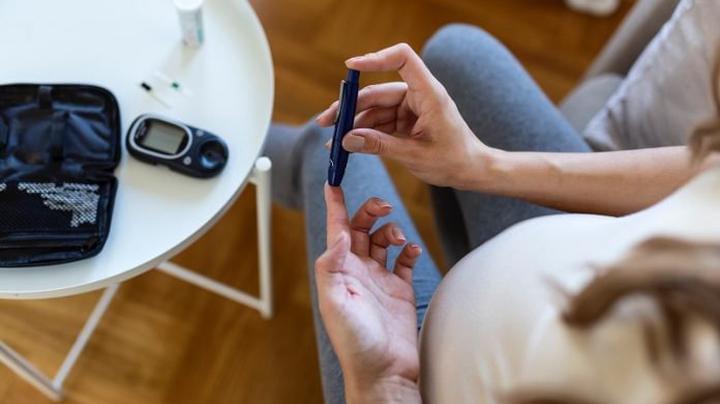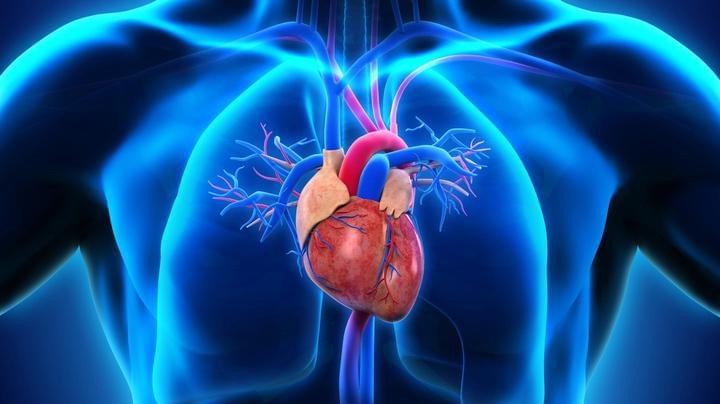Dec 3, 2022
Microwave thruster makes for clean-burning jet
Posted by Quinn Sena in categories: energy, physics, space
Year 2020 face_with_colon_three Propellant free thruster.
I usually approach papers on the subject of alternative thrusters with a certain degree of cynicism. But we’ve finally been given a study on microwave thrusters that doesn’t rely on impossible physics. Instead, it used a plain old plasma thruster.
Plasma thrusters have generally been thought of as a means of propulsion in space, but now one has been designed to operate under atmospheric conditions. According to the researchers involved, it’s an air plasma thruster that has the potential to produce the same thrust as a commercial jet engine.
Continue reading “Microwave thruster makes for clean-burning jet” »

